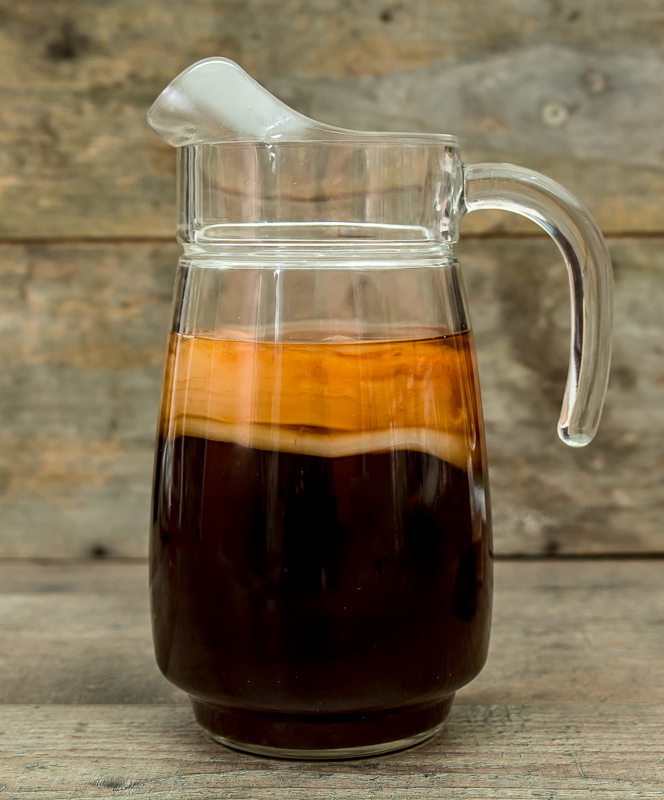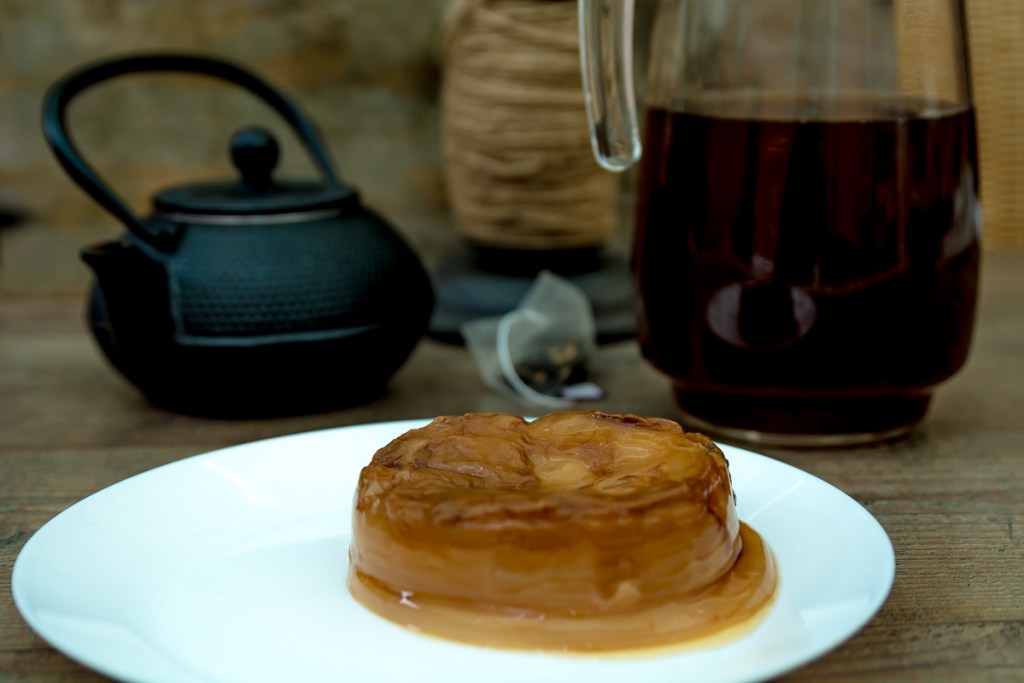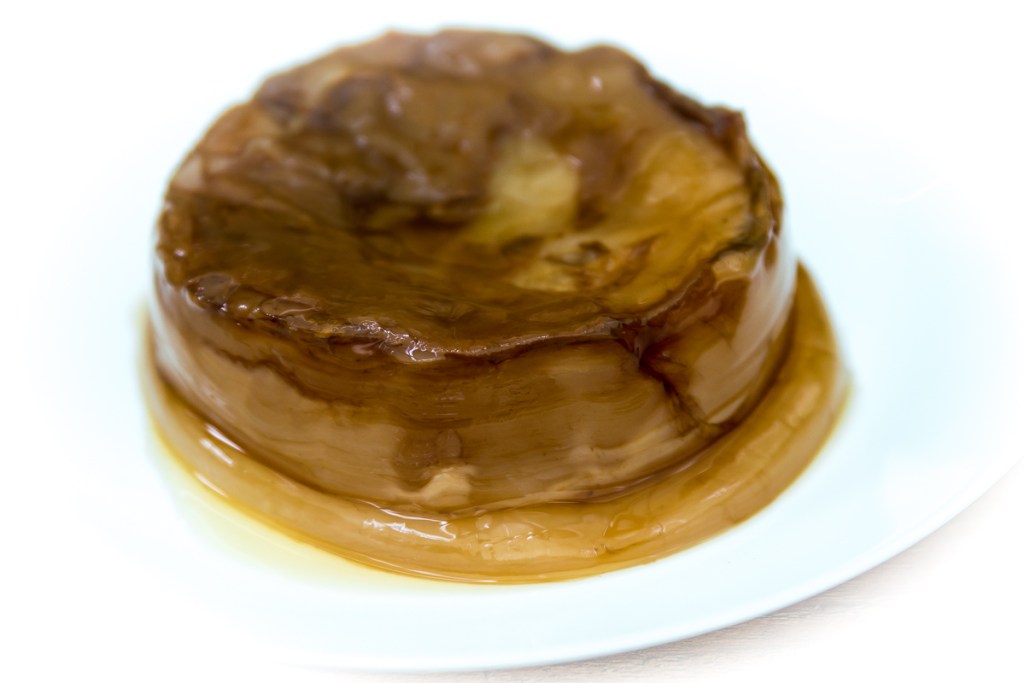It is a living creature, at least it looks like one to me :-). I have been familiar with it from our early childhood as virtually every household back in Russia had one growing in the kitchen.
You are probably curious what I am talking about. Well, you might have heard about it by now as it’s taking UK by storm, or you might not have (yet). The living creature is called Kombucha and you can find it in the most exclusive health shops such as Planet Organic and Wholefoods, but let me tell you – it’s much much easier and also cheaper ( virtually free) to actually grow it at home.

So, let me tell you what exactly Kombucha is. It is a fermented beverage of black ( or mix black+green) tea and sugar. That’s it. Tea and sugar. You see what I mean when I am saying it’s much cheaper to grow it at home? It’s quite low maintenance as well. Kombucha converts tea and sugar into a healthy, nutritous detoxifying beverage with lots of benefits.
During fermentation, most of the sugar ferments out, so it has minimal effect on blood sugar. It can be made with normal or decaf tea, and even with green or herbal teas. That live creature that eats the sugar is called SCOBY (Symbiotic Colony of Yeast and Bacteria).

You can see what SCOBY looks like in the picture above. It looks totally weird and I consider it a live creature
It floats, it’s rubbery and slippery, it’s somewhat hard jelly-like and often you find brown strings hanging from it. Looks and feels pretty gross, I must admit!
No one quite sure how long this drink has been around, and no one tells you exactly where it came from, but what we we do know is that Kombucha has been around for centuries.
According to the story, Dr. Kombu, a Korean doctor, brought it to the Japanese Emperor in 414 AD and the drink became extremely popular in Japan. From Asia, it traveled via the Silk Road to Russia and then Europe. The most recorded history of kombucha began in Russia during the late 19th century. Russians simply call it the Tea Mushroom ( “chainy grib” in Russian).
When I moved to UK in 1999, I didn’t see it here at all. But somehow it has since reemerged in Europe, Australia and the United States and became popular due to many health claims.
If you are wondering how kombucha tastes, then the closest comparison will be lemonade. It’s fizzy and it’s sweet ( it does turn sour if you forget about it). In summer we put ready kombucha it in the fridge, in winter months it’s simply sitting on my kitchen top.
Kombucha has a lot of benefits such as liver detoxification, improved digestion and pancreas function, improved mental health, elimination the symptoms of fibromyalgia, improving mood, helps with anxiety/depression and kills Candida (harmful yeast), ability to prevent and heal leaky gut and stomach ulcers. Kombucha can also be very helpful for allergy sufferers.

So, what would be the main reasons to drink Kombucha daily?
1.Detoxification of the body.
The detoxifying capacity of kombucha is well-known. Detoxification results in healthy liver and assists in cancer prevention. It is rich in enzymes and acids which your body needs for detoxing your system, for example is very high in Glucaric acid, and recent studies have shown that glucaric acid may help to prevent cancer.By drinking Kombucha daily you protect your liver cells from oxidative injury so they can maintain their normal functions in spite of being exposed to a toxin!
2. Joint Health
Kombucha contains glucosamines, the structures responsible for healthy cartilage, production of collagen and the fluids which lubricate the joints. It is this function that makes Kombucha so effective against arthritis. And since it supports collagen of the whole body, kombucha definitely helps in reducing the appearance of wrinkles which we don’t like so much.
3. Immune Health
Kombucha is very rich in antioxidants, which are boosting our immune system and energy levels via fighting free radicals that destroy our health and good looks. Kombucha does a great job in protecting us against cell damage, inflammatory diseases, tumours and strengthening our immune system. Also, the probiotics found in kombucha support the immune system through the gut health.
4. Gut Health and Good Digestion
Since it’s naturally fermented with a living colony of bacteria and yeast, Kombucha is a probiotic beverage. Kombucha contains high levels of antioxidants, b-vitamins, probiotics and glucaric acid. It can also help to fight candida yeast overgrowth within the gut and restore balance in the digestive system with the help of good bacteria in probiotic cultures that repopulate the gut with good bacteria while competing with “bad” bacteria. Butyric acid, also found in Kombucha, protects cellular membranes and combined with glucuronic acid, strengthens the walls of the gut protecting it against parasites, including yeast infections such as candida.
5. Great Nutrient Profile
As the Kombucha culture digests the sugar it produces a range of organic acids like glucuronic acid, lactic acid, butyric acid, etc; vitamins, particularly B vitamins and vitamin C; amino acids and enzymes. All of this makes Kombucha a real powerhouse in your kitchen.
Now we are coming to the most interesting part – how to brew Kombucha?
The most difficult part is probably to obtain it
If you know anyone who already brews Kombucha, ask them for an extra SCOBY and they will probably be glad to pass one on. Kombucha grows very fast and even myself, I am always on the look for people to share it with as I don’t feel like throwing this good stuff away.
You can also order a SCOBY from an online source. I’ve seen SCOBYs on sites like Ebay or Amazon.

When you have got your SCOBY, you are ready to brew. Make sure you received the SCOBY with a bit of a kombucha liquid as you will need it to make your own.
Here is the recipe.
Kombucha or Fermented Tea
Ingredients
- 1 large glass jar that has a wide opening. Don't use a plastic jar because the chemicals in the plastic can leach into the kombucha during the fermentation period.
- 1 large piece of cloth to secure around the opening of the jar with a rubber band. You don't want all those tiny flies flying around...
- 1 SCOBY disk with abut 1/2 cup of pre-made Kombucha liquid.
- 2 l of Filtered water.
- 1/2 cup Organic cane sugar
- 4 black tea bags. You can also mix black tea with green or white tea, I usually use 2 black and 2 green teabags.
- A few glass bottles to keep ready Kombucha
Instructions
- Prepare the tea.
- Put sugar in the tea and stir until it is completely dissolved.
- Let tea cool to room temperature as too hot of tea can kill your SCOBY. Best to leave it to cool down overnight.
- Once tea is completely cool, pour into glass jar, leaving just over an inch of room at the top. Pour in ½ cup liquid from a previous batch of Kombucha.
- Place the SCOBY at the top of the jar of tea.
- Cover the jar with the cloth and rubber band
- Let sit to ferment for around 7 days, though the length of time may vary depending on your temperature. You can test the Kombucha by placing a straw in the jar carefully and sipping or by pouring a little out of the jar and into a cup. When it reaches a balance of sweetness and tartness that is pleasant to you, the Kombucha is ready to bottle.
- Before proceeding, prepare and cool another pot of strong tea for your next batch of kombucha, as outlined above.
- With clean hands, take the scoby out of the Kombucha and put it on a clean plate.
- Pour and leave aside 1/2 cup of Kombucha for using in the next batch.
- Pour the rest of already-made Kombucha into glass bottles and refrigerate the kombucha for at least 24 hours to allow it to cool and finish carbonating. Once it’s cooled, you are ready to drink it!
- Clean the jar which you use for Kombucha fermentation.
- Combine 1/2 cup of starter tea from your last batch of Kombucha with the fresh batch of sugary tea, and pour it into the fermentation jar. Put the scoby on top, cover, and ferment for the 7 to 10 days again.
- Repeat the process.
Notes
- Note that as the fermentation process happens, after some time you will notice that the SCOBY disk “grows” a second SCOBY disk. People call it the “mother” and the “baby” SCOBY. That newly formed baby SCOBY is the one you can give away to people, so don’t throw out the baby disk. Store the baby SCOBY floating in a bit of already-made kombucha in a glass jar in a fridge so you have it on hand when someone asks you for it.
- Batch Size: To increase or decrease the amount of kombucha you make, maintain the basic ratio of 1/2 cup of sugar, 4 bags of tea, and 1 cups starter Kombucha per 2 litre batch. One SCOBYwill ferment any size batch as it will grow accordingly.
Kombucha usually smells a bit vinegary. If it starts to smell unpleasant, this is a sign that something has gone wrong. Discard the liquid and begin again with fresh tea. If you see mold, discard both the scoby and the liquid and start again with new ingredients.
Kombucha’s is not recommended for the following groups of people:
- Because kombucha has a high level of acidity, it’s possible that this can cause problems for people with any sensitivity to very acidic foods. It’s a good idea to start with a small amount in moderation and gradually work your way up to drinking more in order to see if you have any negative reaction to it. Start from about 1/3 glass per day in the beginning.
- Women who are pregnant or nursing. Theoretically pregnant women shouldn’t consume alcohol or caffeine, both of which are present in kombucha in small amounts.
- Those who cannot tolerate even low levels of sugar, caffeine or alcohol.
